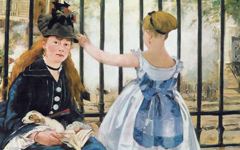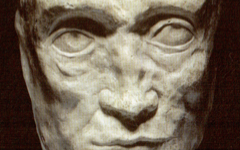The Open-Drawer Question
I have wondered for some years why so many still-lifes have an open drawer under the table? I wrote a blog about it last month promising to explain the conundrum here.
In Chardin's painting of a child quietly watching a teetotum turn, the open drawer reveals a piece of red chalk and its holder, a very clear reference to the artist and his tools in the near foreground close to the picture's edge. The studio and subject have been fused. But why a drawer?
Click next thumbnail to continue
In Picasso's series of Still-Lifes and Coffee-Pot, most include an open drawer. True artists, though, rarely do something for compositional purpose alone; it's usually part of some overall meaning.
Click next thumbnail to continue
In a quasi-stlll-life running with ants, Salvador Dali made the open drawer a particularly prominent feature. I include his example because it was in a sketch by Dali that I found the answer.
Click next thumbnail to continue
In this drawing Dali included the lower portion of an easel. The only sign of it is the little shelf that supports the bottom of the canvas with a knob to adjust its height. It looks like the one in the paintings. I am now quite certain that the knob is used in art as a signal to other artists that we are looking at a scene during its own creation, on the easel. Picasso and Chardin's images - like virtually all the images on this site - are an image in the mind of the artist, a fusion of the studio and the artist's subject during the creative moment.
The open drawer is mysterious; it suggests many secrets. One of them, at the very least, has now been revealed.
Not a particularly successful picture but an excellent learning tool

Picasso’s Portrait of Jacqueline (1965)
Notes:
Original Publication Date on EPPH: 20 Apr 2011. | Updated: 0. © Simon Abrahams. Articles on this site are the copyright of Simon Abrahams. To use copyrighted material in print or other media for purposes beyond 'fair use', you must obtain permission from the copyright owner. Websites may link to this page without permission (please do) but may not reproduce the material on their own site without crediting Simon Abrahams and EPPH.






